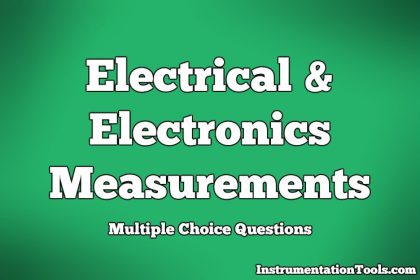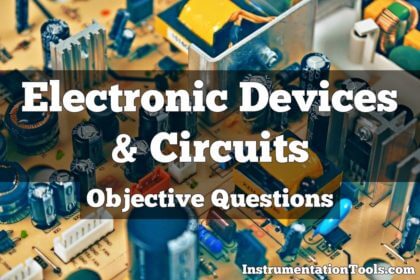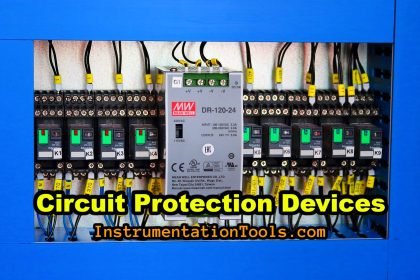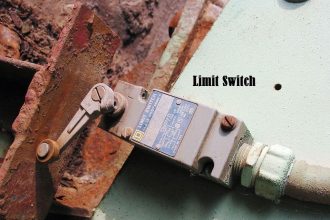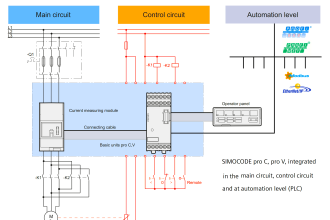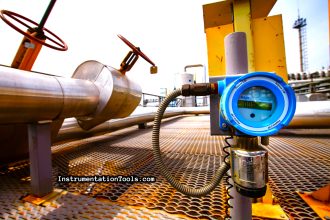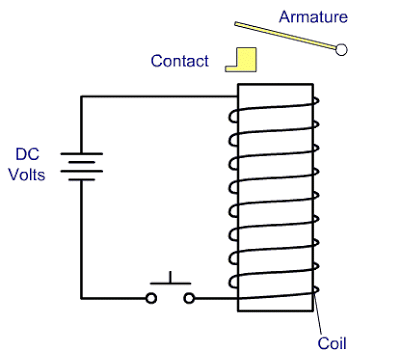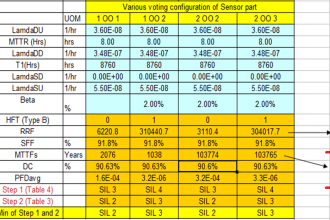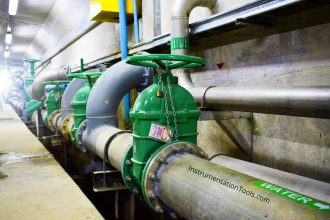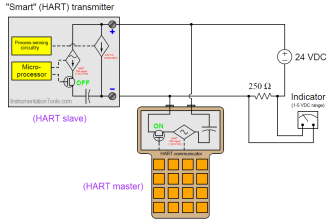In this article, we shared the rectifiers & converters multiple choice questions and answers.
Rectifiers & Converters MCQ
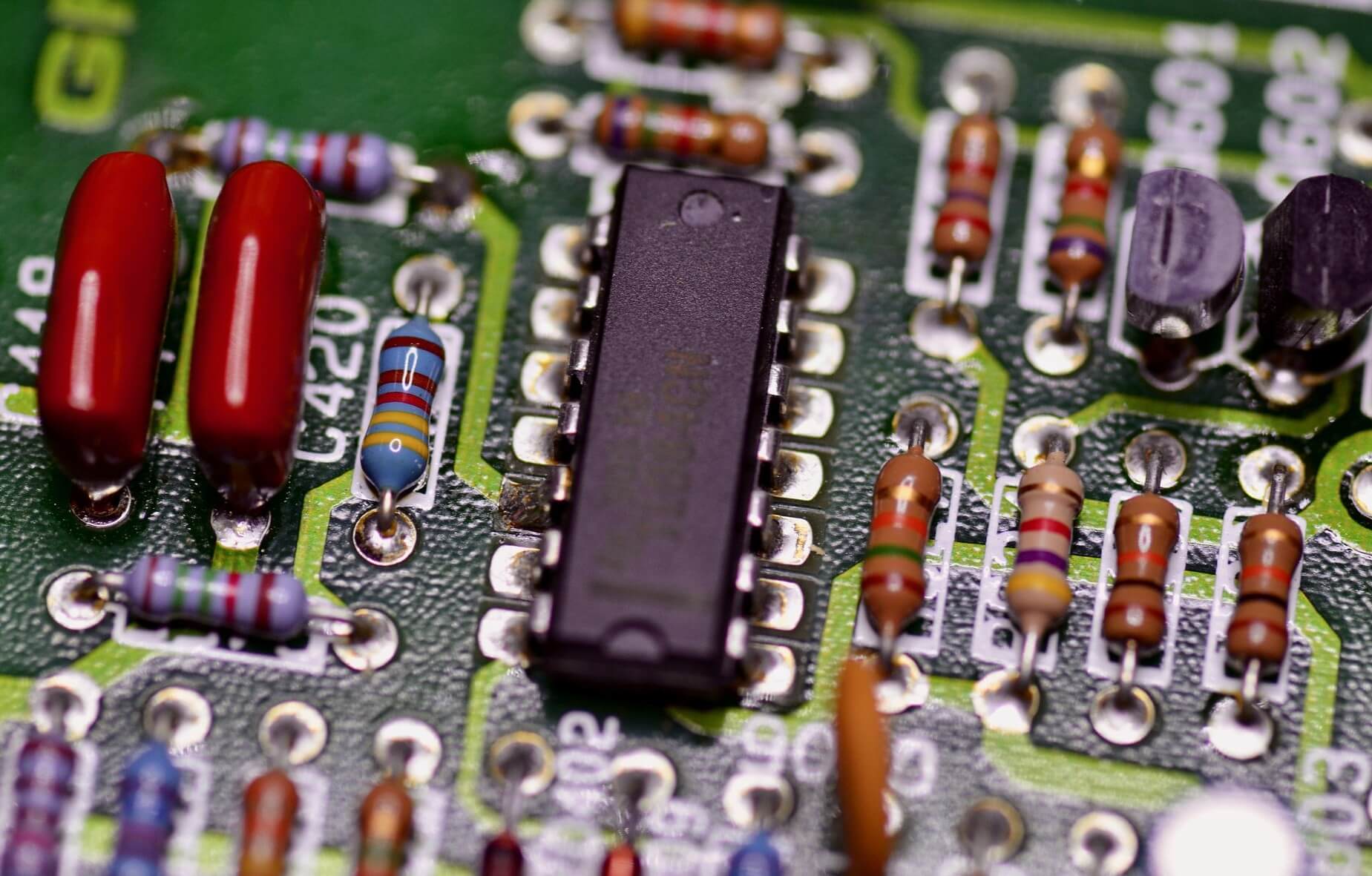
The below list provides all the multiple-choice questions related to the rectifiers & converters.
Answers are available at the bottom of the article.
1. In a mercury arc rectifier, the anode is usually made of
| A) | copper |
| B) | silver |
| C) | aluminium |
| D) | tungsten |
| E) | graphite |
2. In a grid control of mercury arc rectifiers when it is made positively relative to the cathode, then it____ the electrons on their may to the anode.
| A) | decelerates |
| B) | none of these answers |
| C) | accelerates |
| D) | any of these answers |
3. If cathode and anode connections in a mercury arc rectifier are interchanged
| A) | the rectifier will operate at reduced efficiency |
| B) | both ion and electron streams will move in the same direction |
| C) | internal losses will be reduced |
| D) | the rectifier will not operate |
4. Copper oxide rectifier is usually designed not to operate above
| A) | 10°C |
| B) | 30°C |
| C) | 20°C |
| D) | 45°C |
5. In which of the following equipment direct current is needed?
| A) | Time switches |
| B) | All of these answers |
| C) | Telephones |
| D) | Relays |
6. Which of the following is the loss within the mercury arc rectifier chamber?
| A) | All of these answers |
| B) | Voltage drop in the arc |
| C) | Voltage drop at the anode |
| D) | Voltage drop at the cathode |
7. The efficiency of the copper oxide rectifier seldom exceeds
| A) | 80 to 85% |
| B) | 65 to 75% |
| C) | 90 to 95% |
| D) | 85 to 90% |
8. A rotary converter is a single machine with
| A) | one armature and two fields |
| B) | one armature and one field |
| C) | two armatures and one field |
| D) | none of these answers |
9. A rotary converter combines the function of
| A) | a synchronous motor and a D.C. generator. |
| B) | an induction motor and a D.C. generator |
| C) | none of these answers |
| D) | a D.C. series motor and a D.C. generator |
10. To produce cathode spot in a mercury arc rectifier
| A) | low mercury vapour pressures are used |
| B) | tube is evacuated |
| C) | anode is heated |
| D) | an auxiliary electrode is used |
11. Which of the following metals is generally manufactured by the electrolysis process?
| A) | Aluminium |
| B) | Load |
| C) | None of these answers |
| D) | Zinc |
| E) | Copper |
12. In selenium rectifiers efficiencies ranging from ____ to ____ percent are attainable
| A) | 40, 50 |
| B) | 60, 70 |
| C) | 25, 35 |
| D) | 75, 85 |
13. In a rotary converter I2R losses as compared to a D.C. generator of the same size will be
| A) | same |
| B) | double |
| C) | less |
| D) | three times |
14. The voltage drop at the anode, in a mercury arc rectifier, is due to
| A) | high ionization potential |
| B) | energy spent in overcoming the electrostatic field |
| C) | self restoring property of mercury |
| D) | high temperature inside the rectifier |
15. In a mercury arc rectifier ____ flow from anode to cathode
| A) | electrons |
| B) | ions |
| C) | any of these answers |
| D) | ions and electrons |
16. A rotary converter operates at a
| A) | high power factor |
| B) | zero power factor |
| C) | none of these answers |
| D) | low power factor |
17. Which of the following rectifiers have been used extensively in supplying direct current for electroplating?
| A) | Copper oxide rectifiers |
| B) | Mechanical rectifiers |
| C) | Mercury arc rectifiers |
| D) | None of these answers |
| E) | Selenium rectifiers |
18. A commutating rectifier consists of a commutator driven by
| A) | an induction motor |
| B) | a D.C. series motor |
| C) | a synchronous motor |
| D) | a D.C. shunt motor |
19. The metal rectifiers, as compared to mercury arc rectifiers
| A) | can operate on heavy loads |
| B) | none of these answers |
| C) | can operate on high voltages |
| D) | give poor regulation |
| E) | operate on low temperatures |
20. In a three-phase mercury arc rectifiers each anode conducts for
| A) | one-half a cycle |
| B) | one-third of a cycle |
| C) | one-fourth of a cycle |
| D) | two-third of a cycle |
21. Glass rectifiers are usually made into units capable of D.C. output (maximum continuous rating) of
| A) | 200 A at 200 V |
| B) | 100 A at 100 V |
| C) | 300 A at 300 V |
| D) | 400 A at 400 V |
| E) | 500 A at 500 V |
22. In a rotary converter armature currents are
| A) | partly a.c. and partly d.c. |
| B) | a.c. only |
| C) | d.c. only |
| D) | none of these answers |
23. A rotary converter in general construction and design, is more or less like
| A) | any D.C. machine |
| B) | an alternator |
| C) | a transformer |
| D) | an induction motor |
24. A mercury arc rectifier possesses____ regulation characteristics
| A) | none of these answers |
| B) | straight line |
| C) | curved line |
| D) | exponential |
25. The applications of selenium rectifiers are usually limited to the potential of
| A) | 60 V |
| B) | 10 V |
| C) | 30 V |
| D) | 100 V |
| E) | 200 V |
26. On which of the following factors does the number of phases for which a rectifier should be designed depend?
| A) | The power factor of the system should be high |
| B) | The voltage regulation of the rectifier should be low |
| C) | all of these answers |
| D) | The rectifier supply transformer should be utilized to the best advantage |
| E) | In the output circuit there should be no harmonics |
27. It is the____ of the transformer on which the magnitude of the angle of overlap depends.
| A) | capacitance |
| B) | any of these answers |
| C) | leakage reactance |
| D) | resistance |
28. In mercury arc rectifiers having a grid, the arc can be struck between anode and cathode only when the grid attains a certain potential, this potential being known as____
| A) | none of these answers |
| B) | critical grid voltage |
| C) | any of these answers |
| D) | maximum grid voltage |
29. Which of the following A.C. motors is usually used in large motor-generator sets?
| A) | Slip ring induction motor |
| B) | Synchronous motor |
| C) | Squirrel cage induction motor |
| D) | Slip ring induction motor |
30. Which of the following statement is incorrect?
| A) | Copper oxide rectifier is not a perfect rectifier |
| B) | Copper oxide rectifier is a linear device |
| C) | Copper oxide rectifier is not stable during early life |
| D) | Copper oxide rectifier finds use in control circuits |
| E) | Copper oxide rectifier has a low efficiency |
31. In a phase-shift control method, the phase shift, between anode and grid voltages can be achieved by means of
| A) | synchronous generator |
| B) | induction regulator |
| C) | shunt motor |
| D) | synchronous motor |
32. A synchronous converter can be started
| A) | by means of a small auxiliary motor |
| B) | from A.C. side as induction motor |
| C) | from D.C. side as D.C. motor |
| D) | any of these answers |
| E) | none of these answers |
33. Normally, which of the following is used, when a large-scale conversion. from A.C. to D.C. power is required?
| A) | Mercury arc rectifier |
| B) | Motor-generator set |
| C) | Motor converter |
| D) | Rotary converter |
34. The efficiency of an electrolytic rectifier is nearly
| A) | 0.6 |
| B) | 0.8 |
| C) | 0.7 |
| D) | 0.4 |
35. Which of the following mercury arc rectifier will deliver the least undulating current?
| A) | Single-phase |
| B) | Two-phase |
| C) | Six-phase |
| D) | Three-phase |
36. In a single phase rotary converter the number of slip rings will be
| A) | six |
| B) | four |
| C) | two |
| D) | three |
| E) | none of these answers |
37. The voltage drop between the anode and cathode, of a mercury arc rectifier comprises the following
| A) | cathode drop and arc drop |
| B) | anode drop and cathode drop |
| C) | anode drop and arc drop |
| D) | anode drop, cathode drop and arc drop |
38. Which of the following is reversible in action?
| A) | Motor converter |
| B) | Rotary converter |
| C) | Any of these answers |
| D) | Motor generator set |
| E) | None of these answers |
39. In a mercury pool rectifier, the voltage drop across its electrodes
| A) | is inversely proportional to load |
| B) | varies exponentially with the load current |
| C) | is directly proportional to load |
| D) | is almost independent of load current |
40. In the phase-shift control method the control is carried out by varying the of grid voltage.
| A) | none of these answers |
| B) | polarity |
| C) | any of these answers |
| D) | phase |
| E) | magnitude |
41. In a mercury arc rectifier characteristic blue luminosity is due to
| A) | ionization |
| B) | high temperature |
| C) | colour of mercury |
| D) | electron streams |
42. Which of the following are the applications of D.C. system?
| A) | Electrolytic and electro-chemical processes |
| B) | Battery charging work |
| C) | Arc lamps for search lights |
| D) | All of these answers |
| E) | Arc welding |
43. The ignited or auxiliary anode in mercury arc rectifier is made of
| A) | aluminium |
| B) | boron carbide |
| C) | graphite |
| D) | copper |
44. Selenium rectifier can be operated at temperatures as high as
| A) | 40°C |
| B) | 25°C |
| C) | 75°C |
| D) | 60°C |
45. In which of the following applications, direct current is absolutely essential?
| A) | Illumination. |
| B) | Electrolysis |
| C) | Variable speed operation |
| D) | Traction |
46. The potential drop in the arc, in a mercury arc rectifier, varies
| A) | 0.5 V to 1.5 V per cm length of the arc |
| B) | 0.05 V to 0.2 V per cm length of the arc |
| C) | 2V to 3.5V per cm length of the arc |
| D) | none of these answers |
47. The metal rectifiers are preferred to valve rectifiers due to which of the following advantages?
| A) | None of these answers |
| B) | They do not require any voltage for filament heating |
| C) | They are mechanically strong |
| D) | They are mechanically strong and do not require any voltage for filament heating |
48. Mercury, in arc rectifiers, is chosen for cathode because
| A) | its ionization potential is relatively low |
| B) | all of these answers |
| C) | its atomic weight is quite high |
| D) | its boiling point and specific heat are low |
| E) | it remains in a liquid state at ordinary temperature |
49. In a glass bulb mercury arc rectifier the maximum current rating is restricted to
| A) | 1500 A |
| B) | 2000 A |
| C) | 500 A |
| D) | 1000 A |
50. Ageing of a selenium rectifier may change the output voltage by
| A) | 25 to 30 per cent |
| B) | 5 to 10 per cent |
| C) | 15 to 20 per cent |
| D) | none of these answers |
51. Which of the following rectifiers are primarily used for charging of low voltage batteries from A.C. supply?
| A) | Copper oxide rectifiers |
| B) | Mercury arc rectifiers |
| C) | Mechanical rectifiers |
| D) | Selenium rectifiers |
| E) | Electrolytic rectifiers |
52. The internal efficiency of a mercury arc rectifier depends on
| A) | r.m.s. value of current |
| B) | voltage only |
| C) | none of these answers |
| D) | voltage and current |
| E) | current only |
53. The ionization potential of mercury is approximately
| A) | 16.4 V |
| B) | 8.4 V |
| C) | 5.4 V |
| D) | 10.4 V |
54. The advantage of mercury arc rectifier is that
| A) | all of these answers |
| B) | it has high efficiency |
| C) | it is light in weight and occupies small floor space |
| D) | it is comparatively noiseless |
| E) | It has a high overload capacity |
Click Here for Answers
If you liked this article, then please subscribe to our YouTube Channel for PLC and SCADA video tutorials.
You can also follow us on Facebook and Twitter to receive daily updates.
Next Quiz:
- Transformer MCQ
- Industrial Instrumentation Quiz
- Quiz on Industrial Automation
- Industrial Drives Questions
- Motors MCQ Questions

